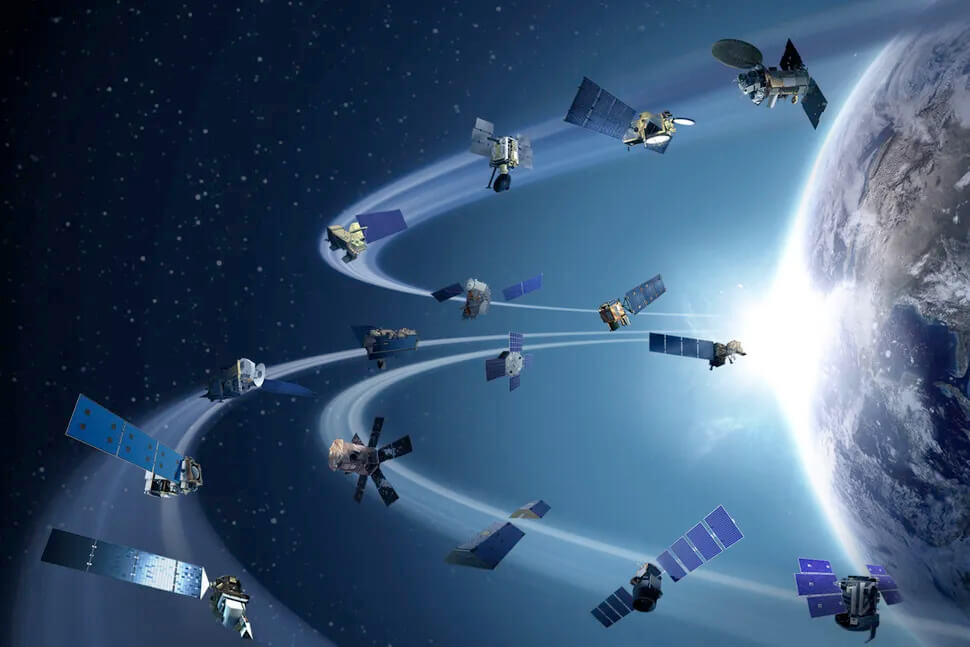Accurate assessment of the land surface damage (such as small-scale fracturing and inelastic deformation) from two major earthquakes in 2023 can help scientists assess future earthquake hazards and therefore minimize risk to people and infrastructure. However, attaining precise extensive measurements in earthquake zones remains challenging.
The two earthquakes that struck on 6 February 2023 were devastating: they were of magnitude 7.8 and 7.6 and occurred in quick succession near the border between Syria and Turkey. They caused widespread infrastructure destruction and resulted in tens of thousands of deaths across multiple provinces.
Using the two Kahramanmaraş earthquakes as a case study, KAUST researchers have demonstrated that the surface damage and inelastic deformation away from main faults probably extend more widely than previously thought [1] .
"The Kahramanmaraş earthquakes offered us a unique opportunity to gain insights into details of the co-seismic surface displacement," says Jihong Liu, postdoctoral fellow in KAUST's Crustal Deformation and InSAR Group, who carried out the study in collaboration with colleagues from KAUST and IPGP in France. "Our results suggest that the width of the crustal damage zone can reach up to five kilometers from the fault itself, rather than just a few hundred meters as suggested by previous case studies."
Large earthquakes occur when two tectonic plates that are stuck together move suddenly, instead of moving steadily past one another a few centimeters per year. This sudden slip, which yields meter-scale movement within seconds, causes extensive crustal damage. This damage is not just in the immediate vicinity of a plate boundary or fault, but also "off-fault damage" (OFD) away from the main fault. Measuring OFD accurately is a critical element of estimating fault slip rates and earthquake cycles, yet most case studies of major earthquakes appear to have significantly underestimated OFD.
The team used image data from Synthetic Aperture Radar (SAR) satellites to quantify the OFD and 3D surface displacement caused by the two earthquakes. They used images taken before and after the two earthquakes.
"Radar satellites have transformed the study of earthquake zones, enabling us to visualize and analyze large areas in depth without requiring field observations," says Liu.
Liu developed the SM-VCE method, an advanced co-seismic 3D surface displacement measurement technique, which the team used to precisely determine the 3D motion, OFD and surface deformation across a wide area around the two earthquakes. They showed that OFD consumed up to 35% of the co-seismic displacement, suggesting that slip rates in different parts of the world could be underestimated by as much as one-third. They also found that geometrically complex fault sections experienced a higher level of OFD than simple straight fault sections.
"Our results hold implications for geologic measurements of fault slip rates. If the OFD is larger than previously thought, it means that the plate boundary may be moving faster and could trigger more large earthquakes than anticipated," says Sigurjón Jónsson, who led the team. "This increases the estimated earthquake hazard, with serious implications for planned infrastructure, buildings and decision making. Accurate OFD should also be factored into computer models of earthquake zones."
"We will conduct OFD measurements on other typical earthquake cases to further validate and support the findings of this study," concludes Liu.
Reference
- Liu, J., Jónsson, S., Li, X., Yao, W., & Klinger, Y. Extensive off-fault damage around the 2023 Kahramanmaraş (Türkiye) earthquake surface ruptures. Nature Communications 16, 1286 (2025).| article .






